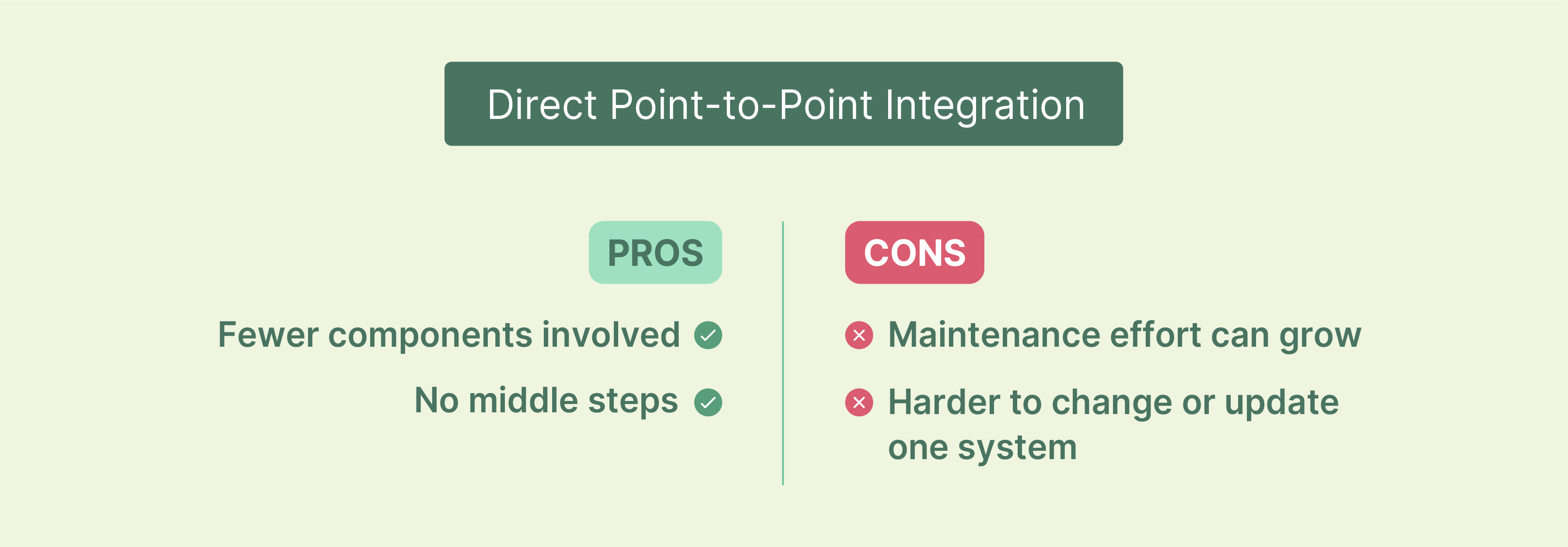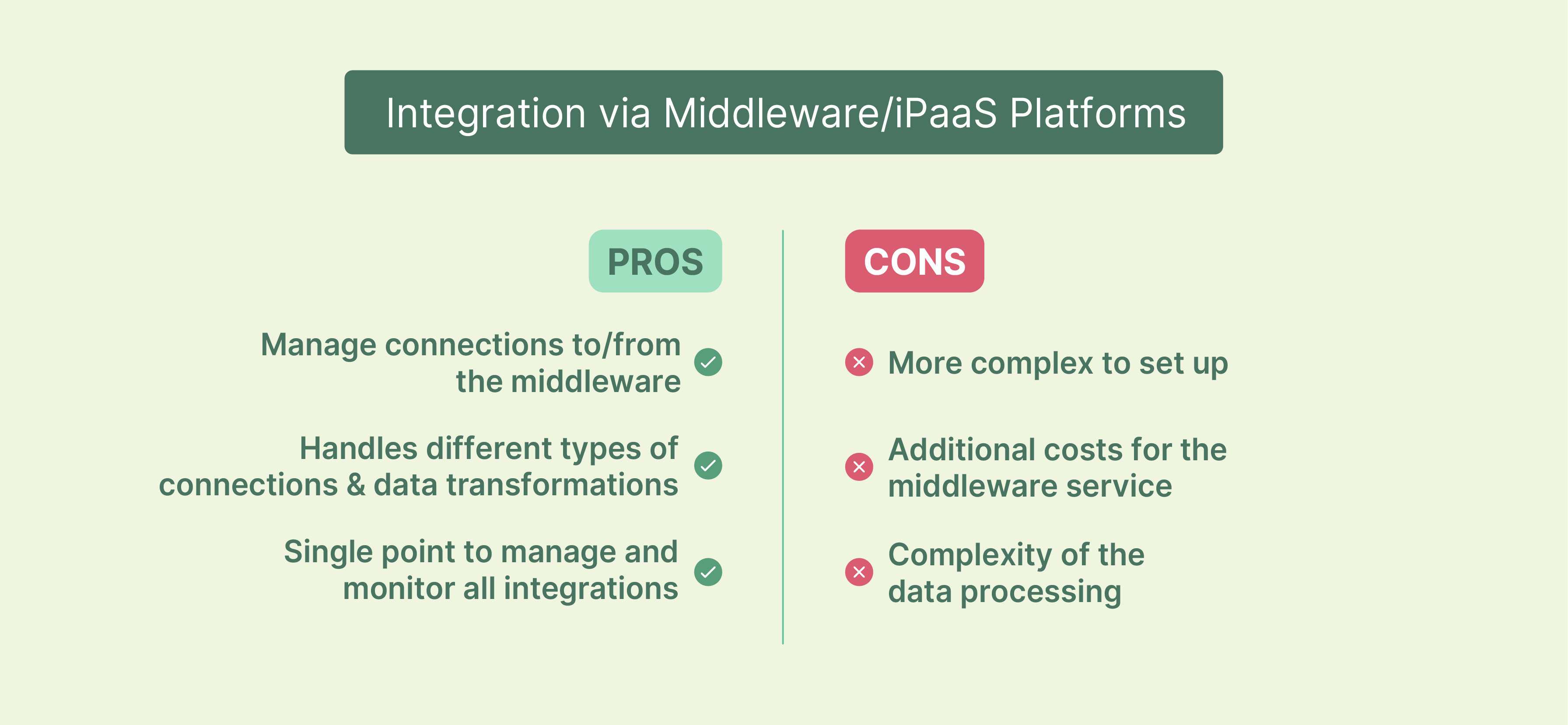
SAP S/4 HANA Magento Integration and Benefits
Are you looking to optimize your ecommerce store operations like never before? SAP S/4 HANA Magento integration is between the ERP system and your Magento 2 store. This integration is done to enhance operations and e-commerce strategies to provide a better user experience.
In this article, we will look into the key features and benefits of SAP S/4 HANA and Magento 2's integration.
Key Takeaways
-
Discover how Magento ERP integration can streamline your business operations.
-
Learn about the compatibility of Magento 2 connectors with Magento Open Source.
-
Understand the benefits of integrating SAP S/4 HANA with Magento for automated data handling.
-
Explore using SAP ECC with Magento 2 for better enterprise software management.
-
Gain insight into the role of the SAP integration extension in synchronizing data between SAP and Magento.
What is SAP S/4 HANA?
SAP S/4HANA is an advanced enterprise resource planning (ERP) system built on SAP's HANA in-memory database. It enables businesses to run transactions and analyze real-time data. The integration of processes helps companies streamline workflows and automation and business processes.
Most industries can use SAP S/4HANA for finance, human resources, sales, and order management systems.
This system not only supports the core ERP capabilities but also integrates with SAP Business One and ECC (Enterprise Central Component).
Key Benefits of SAP S/4 HANA Magento Integration
| Benefit | Details |
|---|---|
| Streamlined Order Management and Fulfillment | - Automatic update of orders from Magento in SAP S/4 HANA. - Reduces manual data entry and Magento errors. - Improves the efficiency of the order lifecycle. |
| Real-Time Inventory Visibility and Sync | - Accurate inventory levels are maintained across platforms. - Updates happen in real-time to prevent overselling. - Supports better inventory planning and management. |
| Unified Customer Data and Experience | - Creates a single source of truth for customer data. - Enhances personalized marketing and customer interactions. - Ensures consistency across all shopping channels. |
| Automated Pricing and Promotions Sync | - Synchronizes pricing and promotions between systems. - Ensures consistent pricing and promotions across shopping channels. - Supports dynamic pricing strategies. |
| Improved Reporting and Analytics | - Combines data for comprehensive reporting and Magento analytics. - Provides insights for data-driven decision-making. - Enhances forecasting and business growth strategies. - Analysts can see how online browsing and interactions eventually lead to purchases. |
SAP S/4 HANA Magento Integration Methods
1. Direct Point-to-Point Integration
-
It is when one system, like Magento, is directly connected to another, like SAP S/4 HANA. There’s a direct link between the two, allowing them to communicate and share data directly.
-
When a new order is placed in Magento, a direct integration might immediately send the order details to SAP S/4 HANA. It is to start the order processing and inventory checks.
2. Integration via Middleware/iPaaS Platforms
-
Middleware or iPaaS (Integration Platform as a Service) is like a middleman that helps different systems talk to each other. Instead of connecting directly, each system connects to the middleware. It then relays messages between them.
-
Magento sends the order details to the middleware. It then processes the information as needed and sends it on to SAP S/4 HANA. Similarly, updates from SAP S/4 HANA can go back through the middleware to Magento.
Pros and Cons of Different Integration Approaches
1. Direct Point-to-Point Integration

Pros:
-
It’s generally simpler to set up and manage because there are fewer components involved.
-
The performance can be faster as there are no middle steps the data has to go through.
Cons:
-
As more systems need to connect, the complexity and maintenance effort can grow exponentially. Each new system might require a new direct connection.
-
It’s harder to change or update one system without affecting the other. The changes in one system’s setup or data requirements might require changes in the direct integration code.
2. Integration via Middleware/iPaaS Platforms

Pros:
-
Easier to add, remove, or change connections between systems. You only need to manage connections to/from the middleware, not between every pair of systems.
-
Middleware can handle different types of connections and data transformations. It makes it easier to integrate systems that have different data formats or communication protocols.
-
Provides a single point to manage and monitor all integrations, which can simplify troubleshooting and updates.
Cons:
-
It can be more complex to set up initially. This is because you have to configure the middleware to handle the specific needs of each system it connects to.
-
There might be additional costs for the middleware service, especially if using an iPaaS solution. It typically comes with a subscription fee.
-
It depends on the complexity of the data processing and the quality of the middleware service. There might be a slight delay in data transmission between systems.
SAP S/4 Integration Touchpoints in Magento 2
1. Customer and Account Management

-
For Magento B2B customers, this integration ensures that customer information is shared between S/4 HANA and Magento. It includes company name, contact details, and purchase history.
-
It helps keep all customer records accurate and up-to-date. It enables seamless management of important business relationships.
-
For B2C companies, Magento handles customers who may only make a single purchase without creating an account. It makes the buying process quicker and simpler for casual or one-time shoppers.
2. Pricing and Promotions
-
Prices set in SAP S/4 HANA are immediately updated in Magento. It means that if a price changes in the ERP system, it will automatically change in the Magento store. It ensures that customers always see the correct price.
-
If there are discounts for specific customers, these are also synced between S/4 HANA and Magento. For example, if a customer qualifies for a Magento promotion, this promotion will show up when they shop online.
3. Order Management

-
When a customer places an order on Magento, the order details are shared with S/4 HANA. It helps in processing the order efficiently, from confirming the order to shipping it to the customer. It ensures order sync is maintained seamlessly.
-
After an order is processed, the invoice generated in S/4 HANA can be sent to Magento. It means customers can download their invoices directly from the Magento ecommerce website, adhering to your site’s cookie policy.
4. Inventory Management
-
The number of items available in the warehouse, as managed in S/4 HANA, is regularly updated in Magento. It ensures that the website always shows the correct information about whether an item’s stock is added or out of stock.
-
Available-to-Promise Inventory allows customers and staff to see not only current stock levels but also how many items can be promised for future delivery dates. It is based on incoming stock and current orders. It is helpful for managing customer expectations and planning for future sales.
FAQ
1. How can I integrate SAP S/4 HANA with Magento to automate my business processes?
Direct integration or AppseConnect can be used as middleware to automate business processes between SAP ERP and the Magento e-commerce platform.
2. Is the connector compatible with Magento Open Source and Adobe Commerce?
The Magento 2 connector is compatible with both Magento Open Source and Adobe Commerce for back-end business process mobility.
3. What are the benefits of using an integration solution like SAP S/4 HANA with Magento?
The integration enhances data exchange, reduces manual entries, and automates pricing procedures defined in Magento SAP and registered in Magento.
4. Can I use SAP ECC with Magento 2 integration tools to manage enterprise software needs?
SAP ECC can connect with Magento 2 using integration tools designed for managing enterprise software efficiently.
5. What does the SAP integration extension do for Magento 2 integration?
The SAP integration extension ensures efficient data transfer and synchronization of order status and stock item data between SAP S4 and Magento.
Summary
SAP S/4 HANA Magento integration acts as a central dashboard to monitor all aspects of an ecommerce store. In this article, we looked into the integration methods, benefits, and touchpoints of SAP S/4 HANA and Magento 2. Here is a quick recap:
-
Streamlined Operations: Automatic updates reduce manual entry and increase operational efficiency.
-
Real-Time Data Sync: Ensures accurate inventory and pricing, preventing overselling.
-
Unified Customer Insights: Centralizes customer data for improved marketing and consistency.
-
Advanced Analytics: Provides comprehensive analytics for informed decision-making.
-
Flexible Integration Options: Choose between direct point-to-point or middleware/iPaaS for scalable integration.
Choose managed Magento hosting for smooth ERP integrations and peak performance of your eCommerce store.



